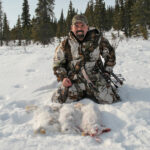A version of this article was originally published by Ryan Eder on UplandGundog.com in October of 2014.
The best part of the year for the avid bird hunter is when hunting season is just around the corner. If you’re a waterfowl hunter, chances are you have some kind of early season in September for teal or goose. If you’re an upland hunter, you’re just one or two months from chasing roosters in the field. Either way, as bird dog owners we’ve hopefully been training and conditioning our dogs throughout the off-season to keep them in shape and sharp on their skills. I’m not just talking about obvious hunting related skills like finding birds, marking and retrieving. I’m also referring to basic obedience and every day commands that are also extremely important in hunting situations.
Table of Contents
Useful Commands for All Hunting Breeds
Depending on the type of hunting you do, and the type of dogs you hunt with, there can be differences in commands and styles. To account for these differences, I’ll do my best to keep this general and applicable to all types and breeds of hunting dogs. With that said, let’s take a look at some of the most important commands you’ll be using in the field with your dog along with a brief explanation of their importance and how to apply them.
Sit Command
More times than not, I’m hunting with a retriever. I tend to be in a duck or goose blind most of the time, so I’m starting off with the “Sit” command. In the blind, one of the hardest things to train a dog to do is sit and be patient. No one likes a dog in the blind that’s constantly moving around, or a dog that’s not steady while birds are being called and hunters are shooting. A dog that sits well in the blind is more enjoyable to hunt with. That dog is also safer since a dog that breaks prematurely can be in the line of shooting. For you upland hunters, sit is still an important command whether you hunt with a pointer or flusher. For a flusher, you may want your dog to sit on a bird flush. For a pointer, even though you don’t want your dog to sit while hunting, having control of your dog in common areas while hunting at clubs or preserves is still pretty important. In my training program, “Sit” is also synonymous with “Stay”. By this I mean once I tell my dog to sit I expect them to remain sitting until released or asked to do something else. This level of control with your dog is critical both in and out of the field.
Whoa, Stop or Stay Command
To you pointer owners, this command is no stranger. Getting your dog steady on point is a large part of hunting with a pointing breed. The concept of “Stop”, “Stay” or “don’t move” can apply to a number of situations in the field. If you’re hunting with multiple dogs, it’s important for them to honor another point or another dog retrieving a bird. While “Whoa” is not typically a command for this, the concept of “Whoa” is similar. It means “stay where you are, do not move”. This is an extension of the “Sit” command with a flusher or waterfowl dog; “stay where you are” being the message to the dog. There are times where I need my dog to stop and stay, such as when I see him heading for a road or barbed wire fence. Sometimes handlers choose to stop and sit their dog on a whistle, either way, the concept of “Whoa”, “Stop” or “Stay” is incredibly important when handling your dog in hunting situations.
Fetch Command
This is simply a matter of opinion, but my preference in a hunting dog is one that retrieves birds that we shoot in the field. Some people incorporate force fetch in their training program, other people teach “Fetch”, “Hold” and retrieving concepts other ways. Either way, and for obvious reasons, “fetch” or “fetch it up” is something many of us say to our dogs in the field. A dog that doesn’t retrieve well in my opinion can make or break a hunt.
Come or Here Command
Being able to call your dog to you in any situation is important. In fact, this is probably the most important command you’ll teach your dog. It’s the basis of retrieving back to the handler and the ability to call a dog back into range if they’re hunting too far out. Most importantly, this command is a matter of control and safety for your dog in the field. “Come” and “Here” tend to be the most popular commands for this, but many handlers will use a whistle recall as well. This may seem to be a redundant message, but the first time that you have a dog unable to come when called you’ll realize just how important it is.
Kennel Command
Every year I witness someone who wishes they would have tried to teach the kennel command better with their dog. In the home, it is nice to say “Kennel” and have your dog load into their crate without having to lure, push or pull the dog to get them into their crate. The same luxury exists in the field when you want to load the dog into the truck, crate, dog box or trailer after training or hunting. It can be very frustrating to have issues getting your dog loaded into their kennel after a day in the field. If you’re at a gun club or hunt test, or even just a field with hunting friends, it can be embarrassing having a dog that won’t follow this basic command. Make sure to work with your dog on this, and make sure they understand to load quickly, safely and on demand.
Practice at Home for Success in the Field
The basic commands covered in this article are just that. They’re the basics and the minimum standard you should accept from your hunting dog. Most of you probably have them covered and use them every day with your dog. Still, I do recommend practicing them and making sure the dog is sharp so that when hunting season rolls around you don’t encounter any unnecessary issues. Good luck to everyone this fall and happy training!
 About Ryan Eder
About Ryan Eder
Ryan is the President of the Upland Gundog Association and a longtime trainer of hunting Retrievers. You can learn more about Ryan and his training methods at the UGA website, www.uplandgundog.com.



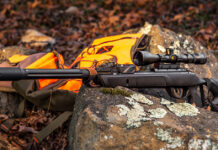

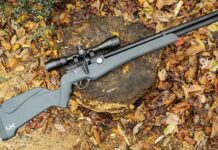


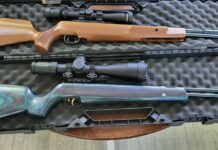
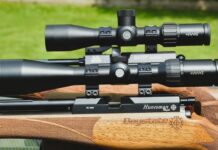
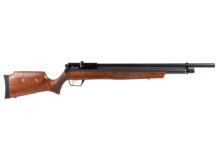



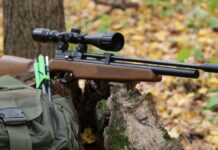


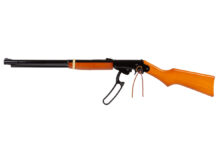

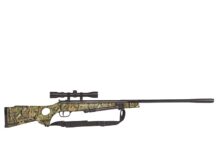

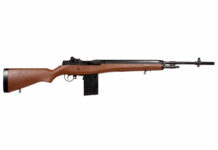


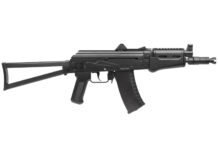

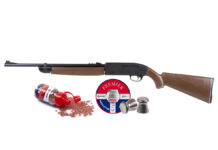





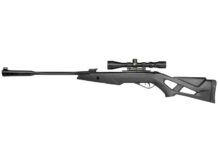






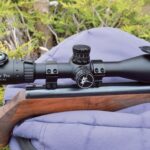
![Air gun 101: The differences between .177 & .22 – Which jobs they do best ? [Infographic]](https://airgunmaniac.com/wp-content/uploads/2024/11/1773-150x150.jpeg)


